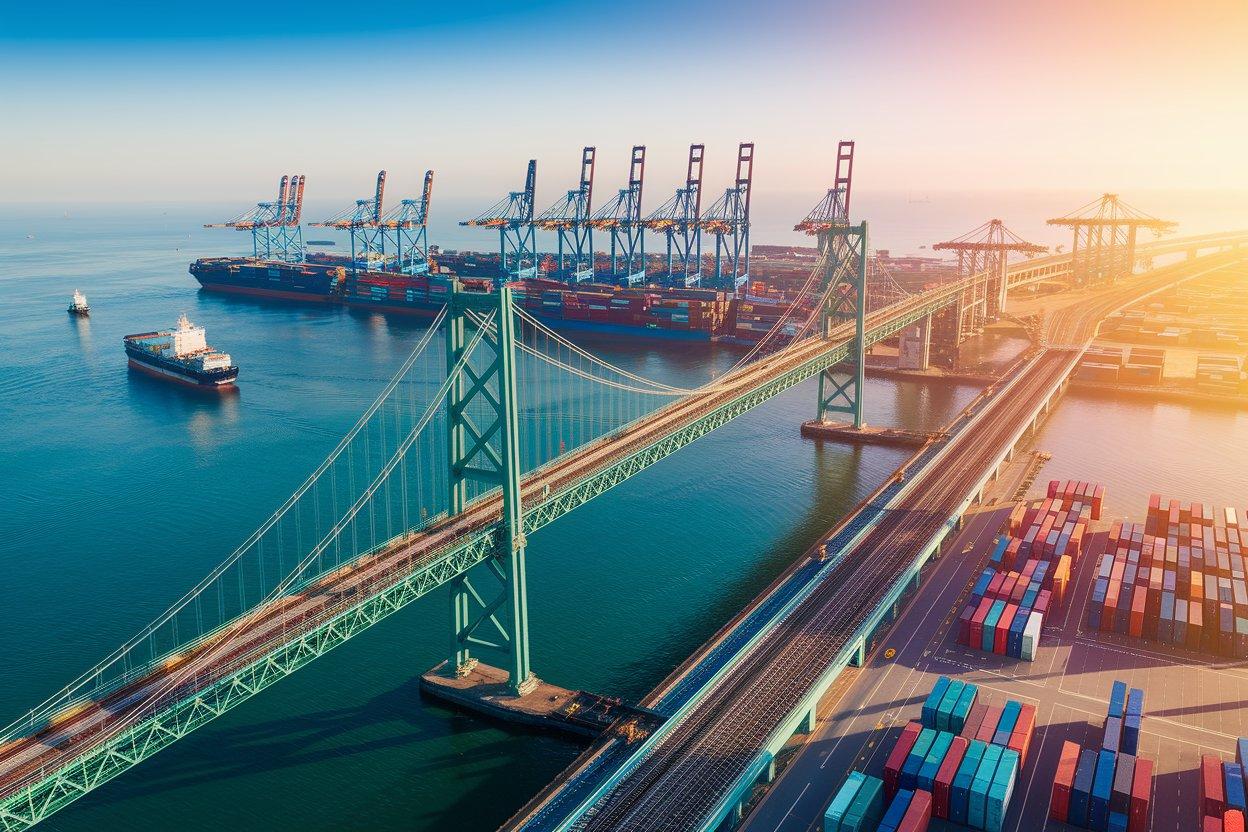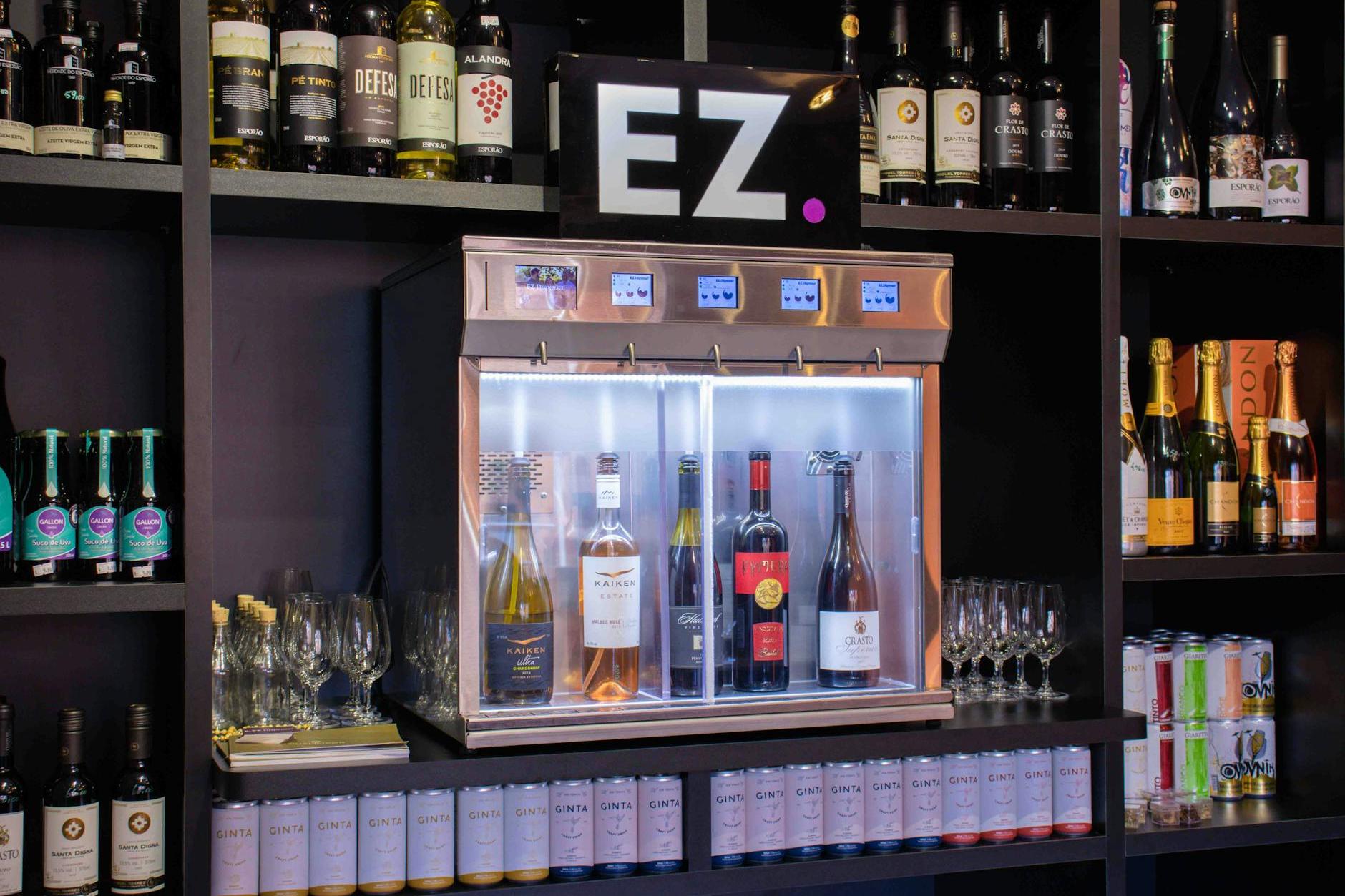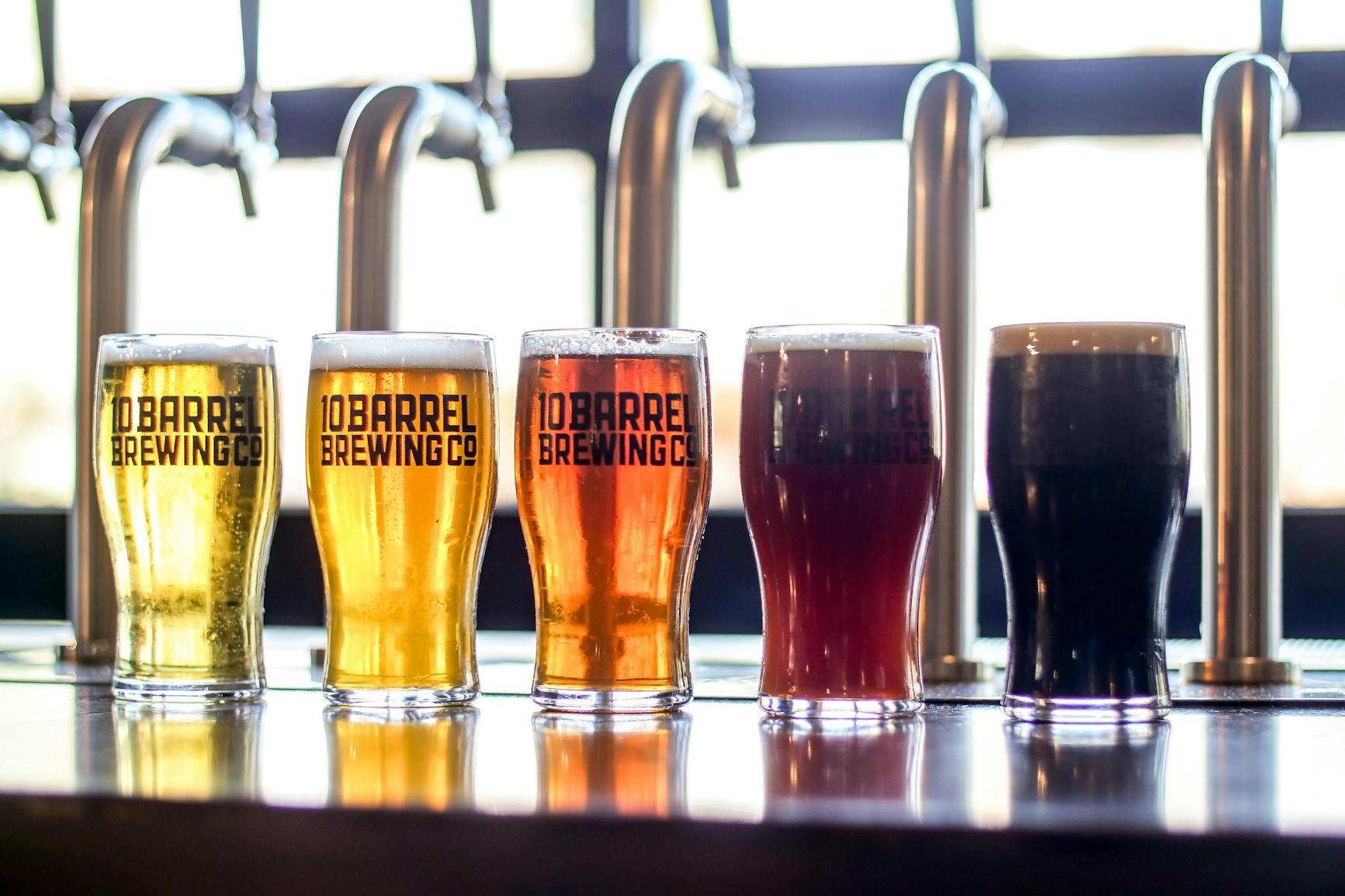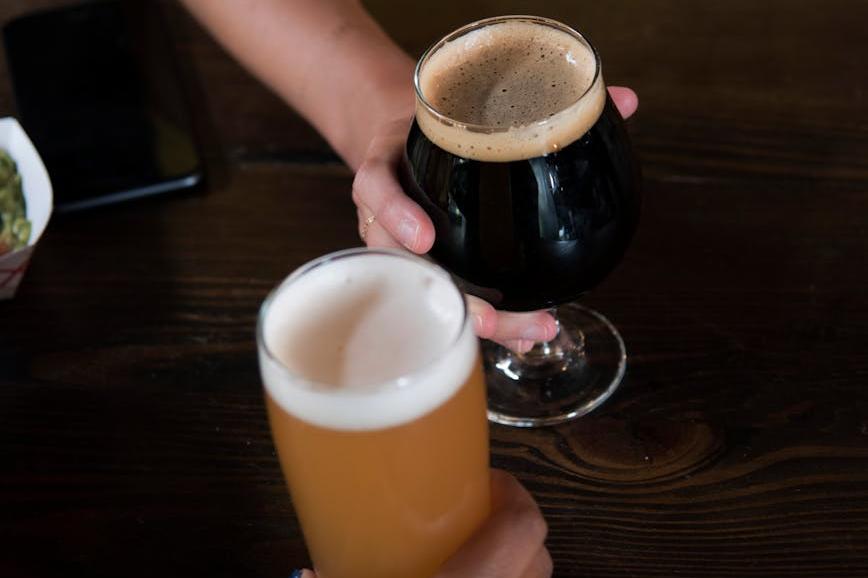- Shanghai Zhongshen International Trade Co., Ltd. - Two decades of trade agency expertise.
- Service Hotline: 139 1787 2118
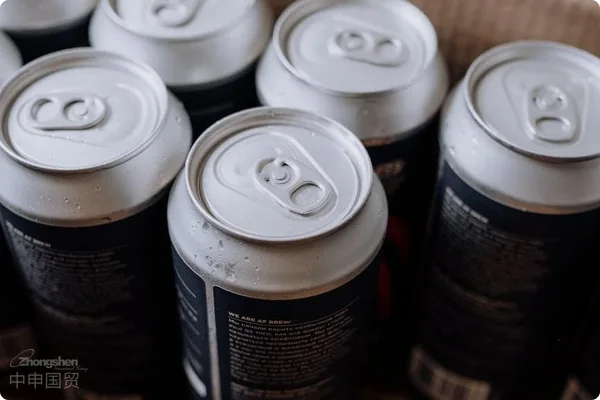
When craft beer meets HS codes
In 2018, when I was an agent for Belgian Trappist beer, a whole container of goods was detained at the port due to an HS code classification error. While the first six digits of the customs code 220300 seem clear, there are still subdivisions for different categories:
- Trappist beer with malt concentration ≥14°P should be classified under 22030029
- Craft beer with added fruit flavors should be classified under 22030031
- Non-alcoholic beer (≤0.5% vol) falls under 22030019
It is recommended to prepare in advanceOriginal factory production process certificationandComposition Test Report, and apply for customs pre-classification if necessary. Last year, a client importing Japanese sake-flavored beer successfully resolved a classification dispute by providing a complete saccharification flowchart.
The Temperature Game in Cold Chain Transportation
German beer transportation requires a constant temperature of 2-4℃, while some Belgian sour beers allow ±2℃ fluctuations. We have used the following solutions to save logistics costs for different clients:
| Transportation method | Temperature control | Applicable product categories | Full - container cold chain |
|---|---|---|---|
| Full cold chain FCL | ±0.5℃ | High-end craft beer | ¥18,000/container |
| Cold storage box LCL | ±2℃/72h | Regular industrial beer | ¥6,500/cubic meter |
Special attention should be paid to the transportation of British IPA: the secondary fermentation of this beer generates pressure, so we installpressure relief valvesat the top of the container to avoid bottle explosions during summer transportation.
Bizarre Reasons for Returned Shipments Over the Years
- Labeling pitfalls: A Korean wheat beer was required to provide sterilization proof due to the word Fresh,
- Certificate validity: A batch of Australian beer was disinfected because the hygiene certificate expired 3 days prior
- Capacity nuances: American 330ml canned beer measured at 328ml led to consumer complaints
It is recommended to establishLicense management ledgerUnclear division of responsibilities
- The liquor distribution license is updated every January
- Chinese back labels must specify the exact region of origin (e.g., Bavaria instead of Germany)
- Alcohol content should be labeled with one decimal place (5.0% vol instead of 5%)
Hidden Costs Behind Product Selection
A client once obsessed with a niche German brand overlooked the following hidden expenses:
- LCL demurrage fees due to insufficient minimum order quantity (¥800/day)
- Breakage rate caused by special bottle shapes (3% for standard bottles vs 8% for irregular bottles)
- Training cost for promoters of niche wine products (¥200/person/hour)
Recommended entry path for newcomers:Standard bottle shapes,Mainstream categoriesas initial focus, introducing specialty products after channel maturity.
Decisive details for customs clearance speed
Practical case: Assisted a client in achieving 72-hour clearance this year:
- Submit electronic sanitary certificates to customs system 14 days in advance
- Complete Chinese label filing before cargo arrival (note QR code size ≥2cm2)
- Provide specialized beer sampling openers when scheduling inspection
- Prepare empty bottles/cans from same batch for capacity testing
One instance where preparation ofsterile sampling bagsprovided by German manufacturer reduced testing cycle from 5 working days to 2 days.
Remember that rainy night in 2019 when I verified malt saccharification data for Czech beer with customs veterans until dawn. This industry has no shortcuts - only professionalism and meticulousness ensure your foothold. If youre preparing to start beer import business, feel free to bring specific questions to Old Zhang for discussion.
Related Recommendations
Category case
Get in Touch
Email: service@sh-zhongshen.com
Related Recommendations
Contact via WeChat

? 2025. All Rights Reserved. Shanghai ICP No. 2023007705-2  PSB Record: Shanghai No.31011502009912
PSB Record: Shanghai No.31011502009912
